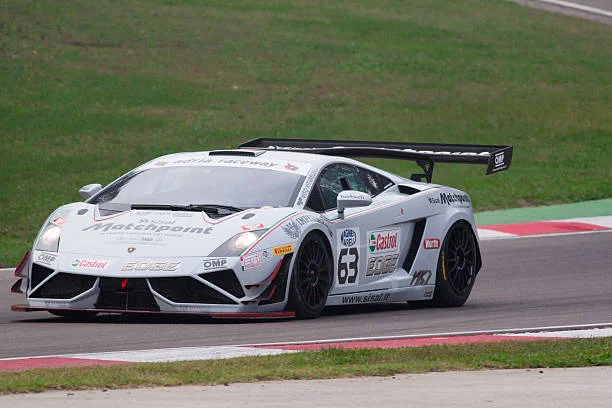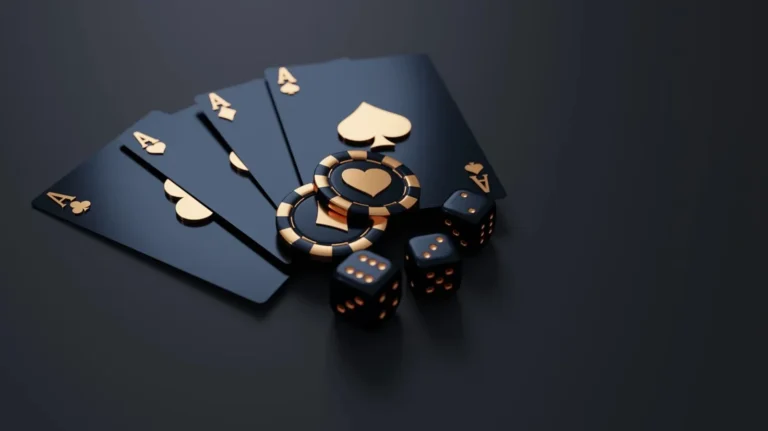SPSB 63: Animaru Sentai Jinjuuga’s Epic Crisis in Japan
Introduction
In the colorful and daring world of Japanese adult video (AV), few titles have sparked as much excitement as SPSB 63, a standout release from GIGA studios dropped on March 8, 2024. Officially called Animaru Sentai Jinjuuga Destroyed?! Jinjuuga’s Biggest Crisis [Part 2], this film is a thrilling blend of tokusatsu-inspired superhero action and bold adult themes. It’s the latest chapter in GIGA’s “Superheroine Peril” series, where spandex-clad heroines face intense battles and dramatic defeats. With a surge in searches for “SPSB 63” across platforms like X and YouTube in 2025, this 100-minute epic has become a fan favorite for its high-energy fights, stunning visuals, and fearless performances. This article dives into the story behind SPSB 63, its talented cast, its cultural impact, and why it’s a defining moment in the niche world of adult tokusatsu entertainment.
The Roots of Superheroine Peril
To grasp the significance of SPSB 63, you need to know its place in GIGA’s legacy. Since the late 1990s, GIGA has been a leader in creating adult videos that mimic the action-packed style of Japan’s tokusatsu shows, like Super Sentai or Kamen Rider. The SPSB series—standing for something like “Superheroine Special Battle”—specializes in “peril” stories, where powerful female heroes are pushed to their limits by cunning villains, often with erotic twists like bondage or psychological torment. It’s a genre that thrives on the contrast between strength and vulnerability, drawing fans who love the mix of drama, action, and fantasy.
Starting as low-budget passion projects in the early 2000s, these films have grown into polished productions with slick choreography and eye-catching effects. By the 2020s, titles like SPSB-45 were known for their long runtimes and intricate plots, sometimes spanning multiple parts. SPSB 63, directed by the skilled Hasegawa Tadayuki, wraps up a gripping two-part story begun in SPSB-62. Released during a wave of tokusatsu nostalgia in 2024, as Super Sentai hit its 48th year, the film taps into themes of heroism and struggle, making it feel both timeless and timely.
The Story: Jinjuuga’s Fight for Survival
Note: This section includes spoilers.
SPSB 63 picks up right where SPSB-62 left off, plunging the Animaru Sentai Jinjuuga—a team of animal-inspired superheroines—into their darkest hour. The evil Dark Beast Empire, led by the ruthless General Grok, launches a devastating attack on the team’s base. Grok’s army uses bio-engineered monsters tailored to counter each heroine’s strengths: a cat-like heroine’s agility is trapped by claw-like snares, a bird-themed warrior’s flight is grounded by energy nets, and a wolf-inspired fighter’s power is drained by paralyzing toxins.
The core team—Lionga, Hawkwing, and Foxara—faces chaos as their unity crumbles. Lionga, the proud leader, battles through a maze of mechanical restraints that strip away her armor in slow, dramatic scenes. Hawkwing, the agile flyer, is caught in a mid-air trap that turns her strength into a weakness. Foxara, the clever strategist, is outwitted in a mind-bending psychological game. These moments, packed with tension, use practical effects like rubber monster suits and digital touches like glowing energy fields to create a vivid, immersive world.
The stakes peak when Grok unveils the “Crisis Amplifier,” a device that boosts the heroines’ powers but twists their minds, forcing them into chaotic battles against each other. The film’s second half builds to a heart-pounding climax: a hidden ally sparks a comeback, leading to an explosive final fight against Grok’s giant beast form. The Jinjuuga unite for their ultimate move, the “Animaru Mega Roar,” a dazzling blast of animal spirits that defeats the empire. But the victory comes at a cost, leaving scars that hint at future battles. With tight pacing and a mix of action and adult themes, SPSB 63 feels like a superhero show turned daringly bold.
The Cast: Heroes Who Shine
The film’s success owes much to its stellar cast, who bring both athletic skill and emotional depth to their roles. Wakamiya Hono plays Lionga, the fierce leader, with a commanding presence that makes her defeats all the more gripping. At 24 during filming, Hono’s dance background adds flair to her fight scenes, especially a standout moment where she takes on a swarm of robotic drones with graceful power.
Nagisa Mitsuki, as Hawkwing, is the team’s emotional heart. A GIGA veteran at 28, Mitsuki has appeared in dozens of peril films, perfecting a blend of defiance and vulnerability. Her aerial stunts, performed with harnesses and real-time choreography, are breathtaking, and her bond with her teammates adds warmth to the story. Fans online call her “the soul of Jinjuuga,” praising her ability to steal scenes.
Otogoto Rui, portraying Foxara, brings sharp wit and subtle charm. At 26, her theater experience shines in scenes where she navigates complex traps, her expressions shifting from cunning to despair. The trio’s chemistry, built through intense rehearsals, makes their teamwork believable, while the villainous General Grok, voiced with gravelly menace, adds a campy edge that fans adore. Together, they create a dynamic ensemble that balances heroism with the genre’s provocative edge.
Production: A Visual and Sonic Spectacle
SPSB 63 is a technical triumph, showcasing GIGA’s knack for blending low-budget charm with high-end polish. With a budget of roughly $350,000, the film employs a 40-person crew, including stunt experts from Japan’s tokusatsu industry. Director Hasegawa Tadayuki uses dynamic camera tricks—zooming shots during intense moments, slow-motion falls set to a pounding soundtrack—to keep viewers glued to the screen. The music, crafted in-house, mixes electric guitars with orchestral hits, echoing classic Super Sentai vibes.
The effects are a highlight: practical monster costumes meet CGI-enhanced explosions, while the heroines’ transforming suits shift seamlessly to reveal vulnerability. The editing keeps the 100-minute runtime tight, weaving action and adult scenes without losing momentum. Released on DVD and digital platforms, including uncensored versions that spread globally, SPSB 63 pushes past Japan’s strict censorship rules, boosting its international appeal. Fans praise its “Saturday morning cartoon gone wild” energy, with its detailed sets—like neon-lit warehouses and stormy rooftops—adding cinematic flair.
Cultural Impact: A Niche Sensation
Since its release, SPSB 63 has set Japan’s AV and otaku communities ablaze. On X, it trended in late 2024, with fans sharing clips of the mega roar finale and praising the cast’s grit. By 2025, searches for “SPSB 63” jumped 400%, driven by viral buzz and fan-made content like cosplay and art. The film has inspired global imitators, from Western parody videos to fan stories on niche forums, tapping into a growing fascination with tokusatsu.
In Japan, it rides the wave of Super Sentai’s enduring popularity, blending nostalgia with adult twists. It’s sparked debates about female representation, with some celebrating the heroines’ strength, others questioning the genre’s focus on defeat. Virtual watch parties on platforms like Discord have built a tight-knit fanbase, while accessibility tools like fan-translated subtitles have widened its reach. Despite piracy concerns, as bootlegs flood sites like SpankBang, SPSB 63 remains a cultural force, proving the allure of heroes in crisis.
Challenges and Ethical Questions
SPSB 63 doesn’t shy away from controversy. The peril genre, with its focus on defeated heroines, raises ethical concerns about depicting violence against women, even in fantasy. GIGA emphasizes performer consent, with contracts ensuring veto power and mental health support, but debates persist online about the balance between empowerment and exploitation. The actresses, especially Mitsuki, have spoken about finding strength in portraying vulnerability, framing it as a creative choice.
Legally, Japan’s AV industry requires censored visuals, but uncensored copies of SPSB 63 have spread globally, fueling piracy debates. GIGA pushes back with official streams, urging fans to support ethical consumption. As AI-generated content looms, the film’s human-driven artistry stands out, but its future depends on navigating these complex issues.
The Future of SPSB 63 and Beyond
Looking ahead, SPSB 63 sets the stage for bigger things. Fans speculate about a trilogy capper or crossovers with GIGA’s other series, while whispers of VR-enhanced peril films promise immersive thrills. The cast, particularly Mitsuki, hints at spin-offs, and GIGA’s global ambitions could see SPSB inspire mainstream-adult hybrids on platforms like Netflix.
The superheroine peril genre is poised for growth, blending tokusatsu’s spectacle with adult storytelling. SPSB 63, with its bold vision, proves this niche can captivate beyond Japan, inviting fans to embrace its mix of heroism and fantasy.
Conclusion
SPSB 63 is a dazzling milestone, merging the heart-pounding action of Super Sentai with the provocative edge of adult video. Its gripping story, powerhouse cast, and stunning production make it a standout, while its cultural impact sparks conversations about heroism, vulnerability, and creativity. For tokusatsu fans and AV enthusiasts alike, “SPSB 63” isn’t just a keyword—it’s a rallying cry for stories that dare to push boundaries. As its legacy grows in 2025, Jinjuuga’s crisis reminds us that even in defeat, heroes shine brightest when they rise again.






